What do Honey Bees want?

It’s interesting to consider that most beekeeper management practices come, as might be expected, from the perspective of the beekeeper. Many questions being asked are answered based on what the beekeeper knows, wants or thinks. I guess that is to be expected as well. I mean, you can’t actually have a discussion with bees, and […]
Bee Pollen and Bee Bread
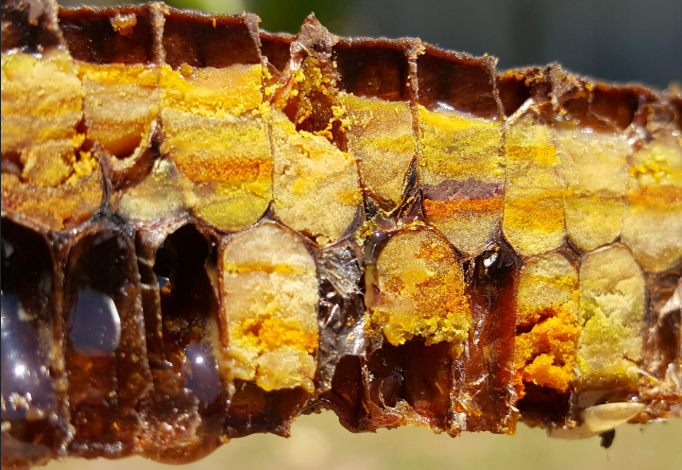
Recently, functional foods have been a subject of great interest in dietetics owing not only to their nutritional value but rather their myriads of health benefits. Moreover, an increase in consumers’ demands for such valuable foods warrants the development in not only production but rather tools of quality and nutrient assessment. Bee products, viz., bee […]
Ask Why: The Hobbyist Beekeeper

I’m seeing a lot of beekeepers online asking questions, which is great…keep it up, but they seem to be wrestling with topics that have a lot more to do with running a commercial business than keeping a few hives in their backyard. Yes, both the commercial and backyard or hobbyist beekeeper keeps bees but equating […]
Extracting Layens Honey Frames
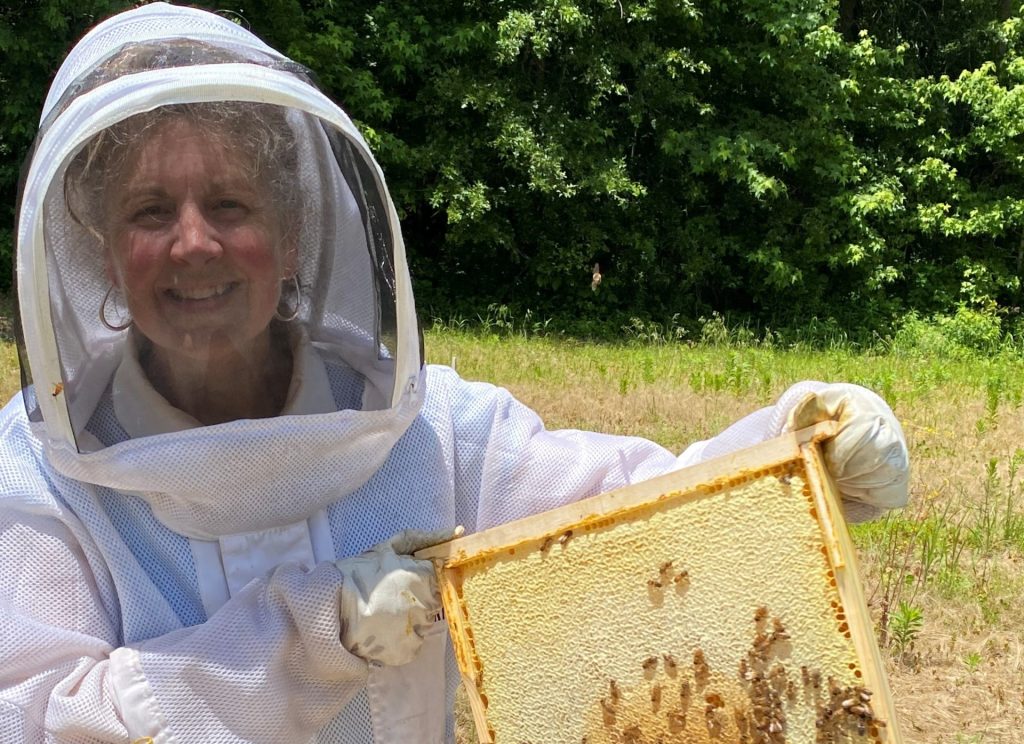
Below is the process that my wife and I (Wild Hives) take to extract our honey each year. Many steps may be familiar given that uncapping and extracting honey from comb has been done for thousands of years by those keeping honey bees, but I hope you may find something new and helpful. Enjoy! Pulling […]
Langstroth’s “Intelligent Cultivator” Part 7 of 7 – Helping Honey Bees Thrive
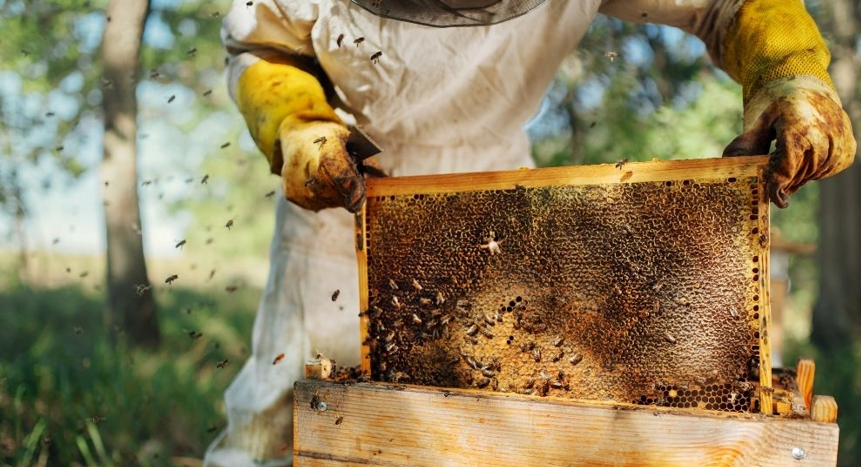
What will you do to help honeybees thrive? During the last decades, the beekeeping industry has seen very few changes and improvements on the widely used Langstroth wooden hive. The recent development of new insulation materials with higher proprieties compared to wood could provide better alternatives for the beekeeping industry. For example, a study of […]
Langstroth’s “Intelligent Cultivator” Part 6 of 7 – Humidity and Varroa Mortality
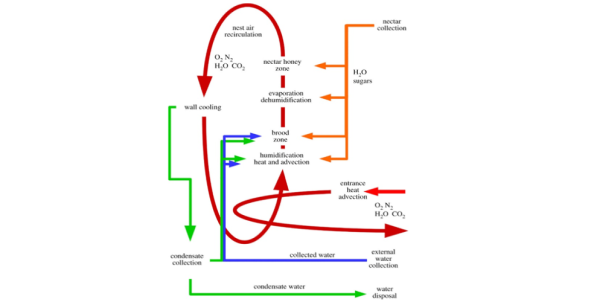
Humidity Regulation and Varroa Destructor Mortality The thermofluid physics in the production and removal of water vapor binds the behaviors of the honeybee colony. Honeybees must produce and dispose of considerable quantities of water vapor to convert nectar into honey. This is typically 4 to 7 times the weight of the honey and as warm […]
Langstroth’s “Intelligent Cultivator” Part 5 of 7 – Summer Heat
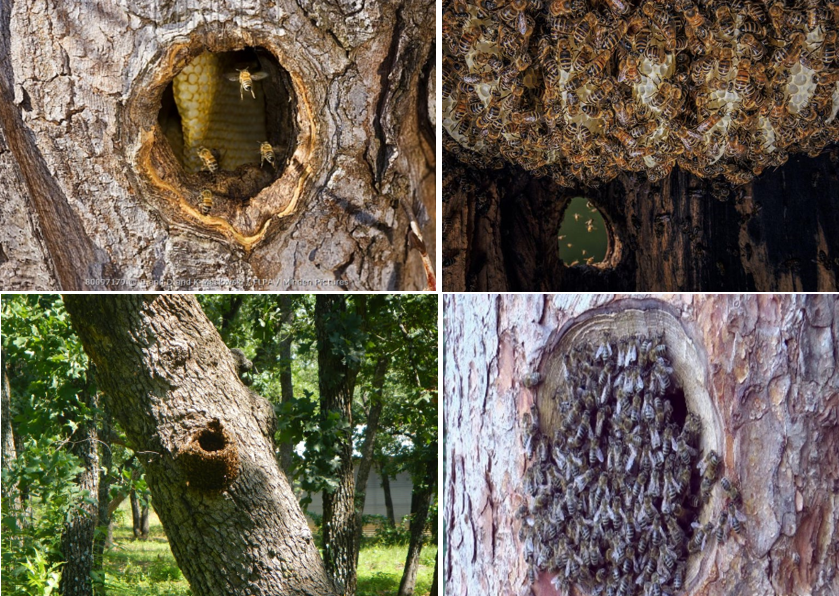
Summer Heat The worldwide distribution of honeybees and their fast propagation to new areas rests on their ability to keep up optimal ‘tropical conditions’ in their brood nest both in the cold and in the heat to achieve thermal constancy of 34–36°C/93–97°C. Honeybee colonies behave like ‘superorganisms’ where individuals work together to promote reproduction of […]
Langstroth’s “Intelligent Cultivator” Part 4 of 7 – Spring Brood and Dead Outs
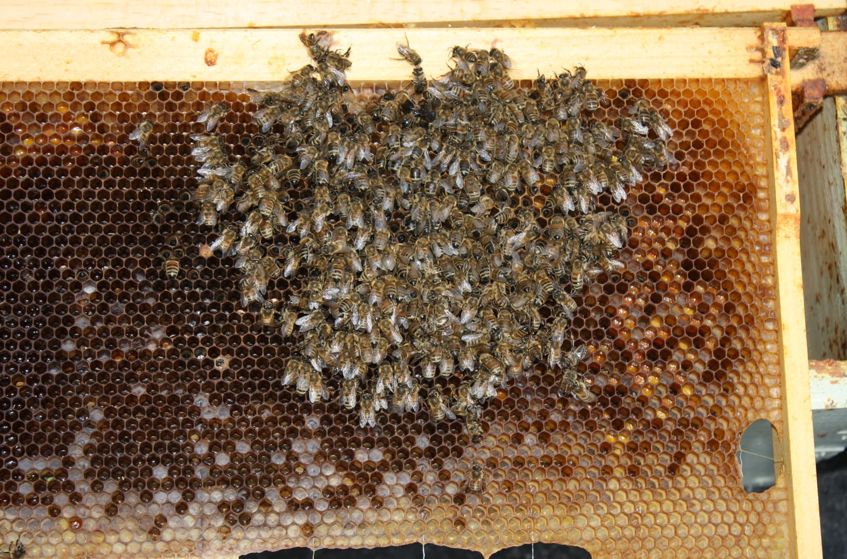
Early Spring Brood Rearing and Dead Outs To save resources, honeybee colonies in the northern states stop brood rearing during winter. Brood rearing is resumed in late winter to build up a sufficient worker force that allows the exploitation of floral resources in the upcoming spring. The timing of brood onset in hibernating colonies is […]
Langstroth’s “Intelligent Cultivator” Part 3 of 7 – Clustering A Stress Response
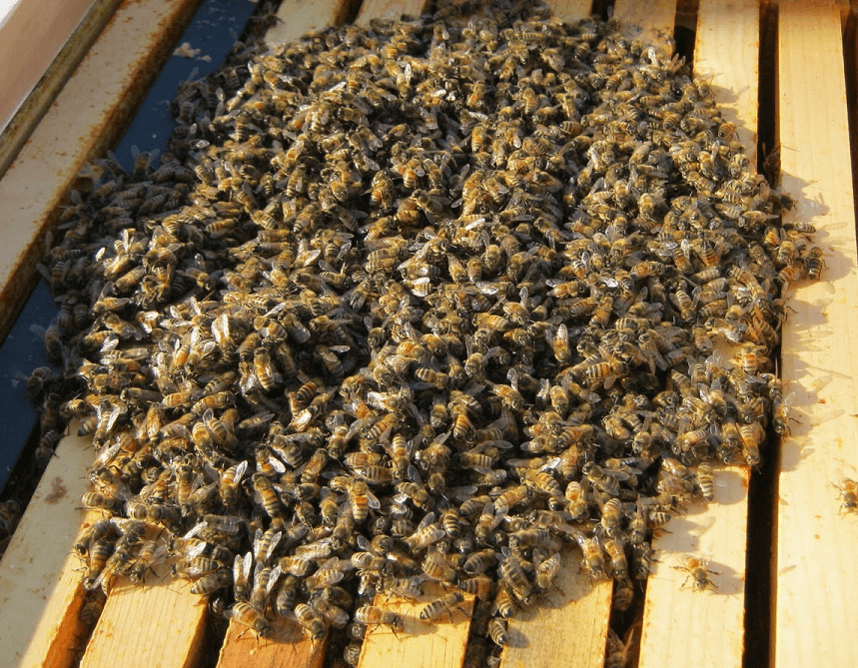
Clustering – Stress Response (Heat Sink) Most research today is done using man-made wooden enclosures 19mm/3/4” thick which as we mentioned in a previous blog have 4 to 7 times more thermal conductivity than tree nests. So, are honeybees forced to cluster in man-made enclosures or is it a benign reaction? Is clustering a form […]
Langstroth’s “Intelligent Cultivator” Part 2 of 7 – Tree nest vs. Man-made Enclosures
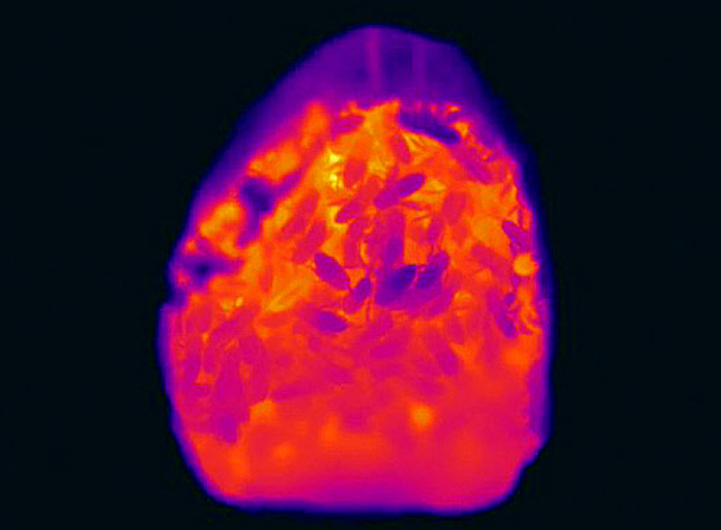
Thermal Conductance: Tree nest vs. Man-made Enclosures Thermal conductance is the ability of a material to allow the flow of heat from its warmer surface through the material to its colder surface. This transfer of heat energy continues until all the material comprising the solid is at thermal equilibrium, meaning the temperature throughout the material is the same. Also, the […]